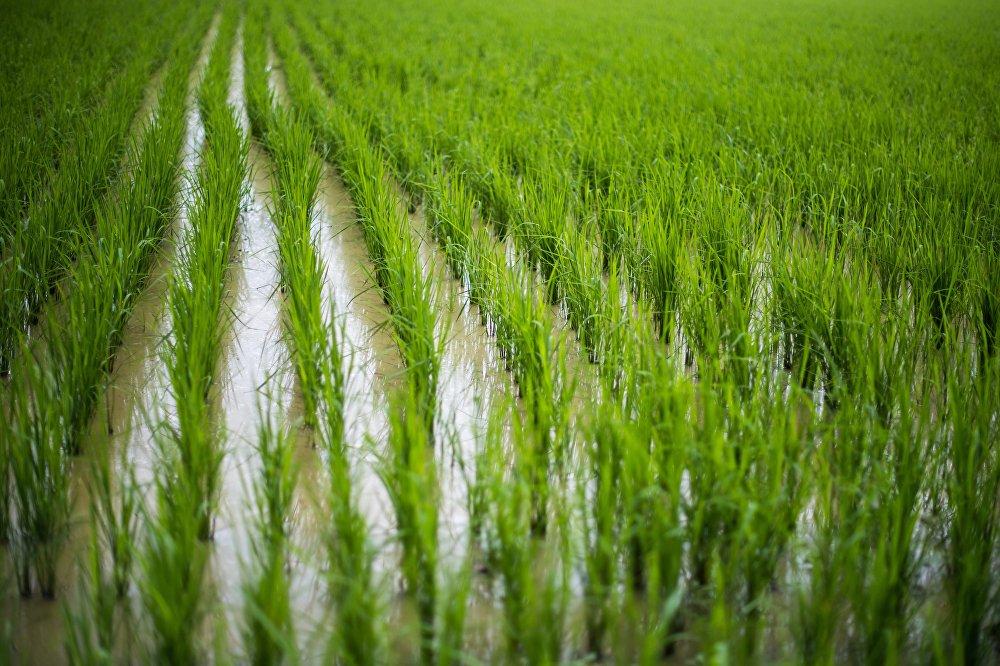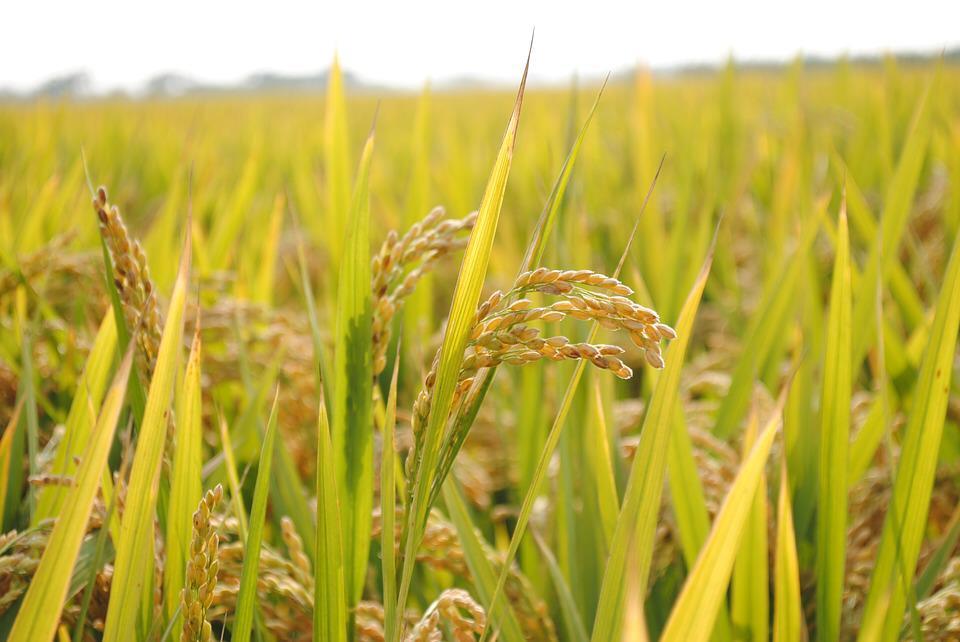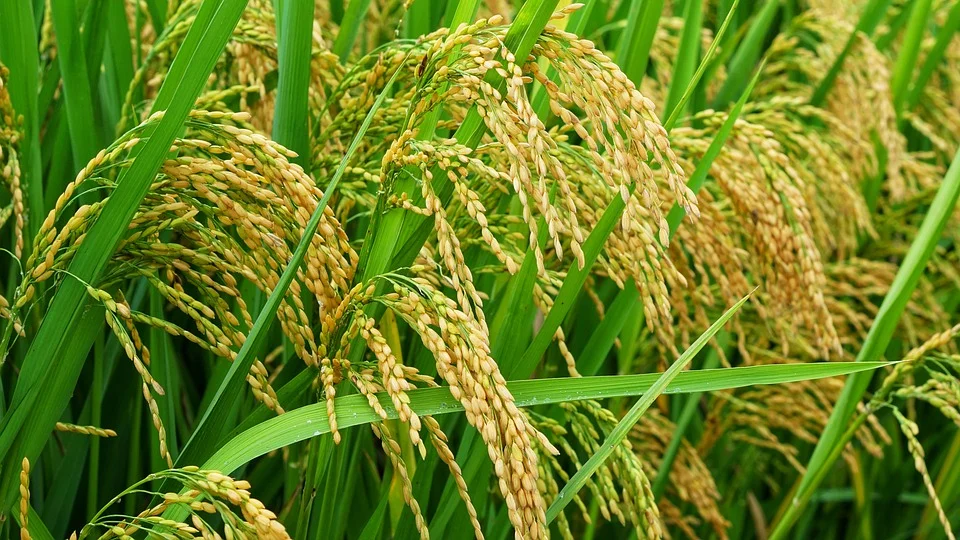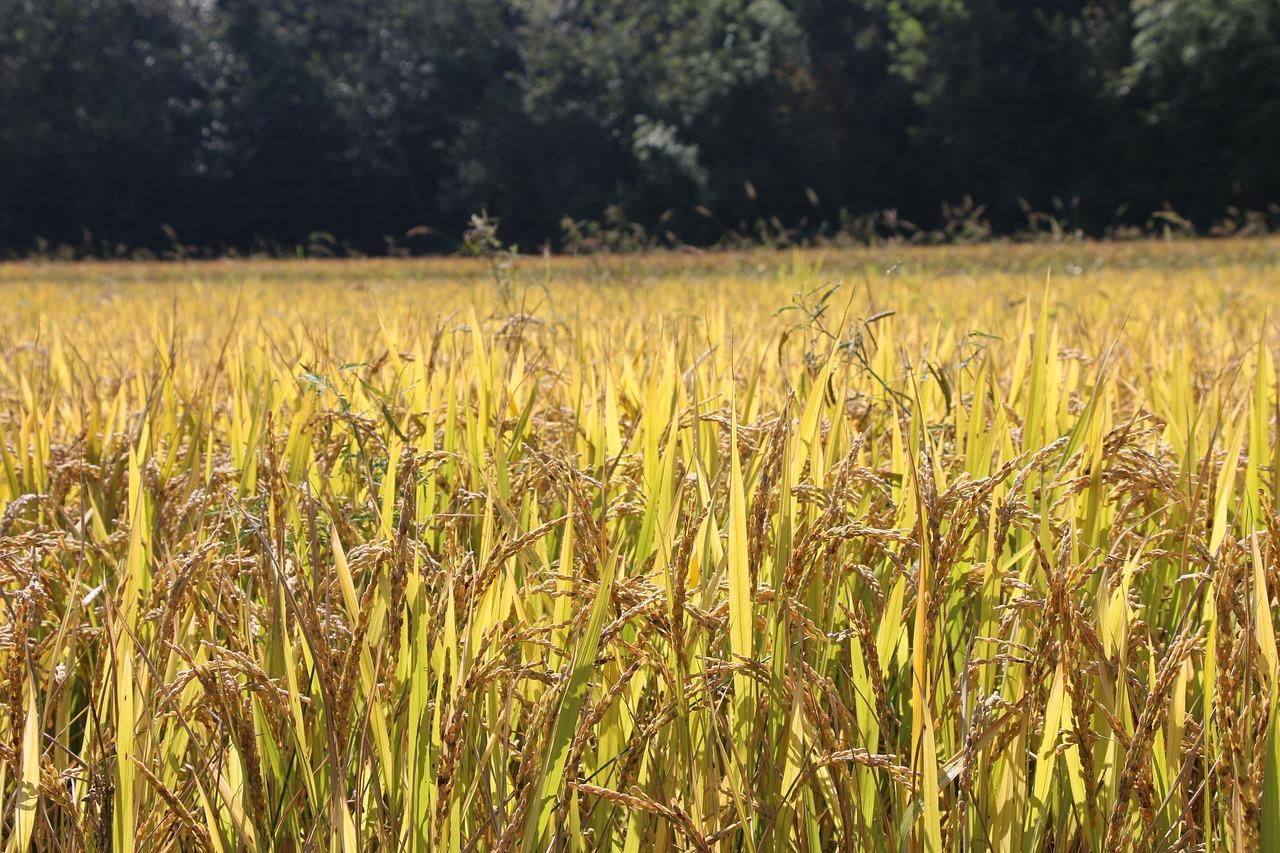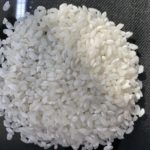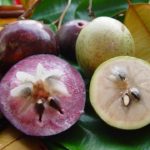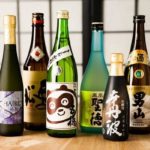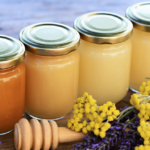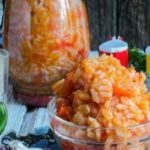Rice is a valuable grain crop. In terms of production volume, it is second only to wheat and is considered the main food product for most of the population. At the same time, many people are interested in the homeland of rice, family and country of origin, whether it is a cereal or not. Despite the fact that this crop is considered tropical, it also produces crops in temperate regions. However, most rice is grown in India and China.
History of rice
People have been growing rice for thousands of years. This is confirmed by archaeological excavations.According to historians, people have been using this product since the dawn of mankind. So, they managed to find pottery with imprints of traces of this culture. In ancient manuscripts of the Indians and Chinese, rice was completely deified. It was used as ritual offerings to pagan deities and ancestors.
There are many interesting stories associated with rice cultivation. This culture comes from ancient Asia. Today this territory includes Thailand and Vietnam. After some time, the cereal appeared on other continents. It has easily adapted to the local climate of other countries and has become quite popular in many world cultures. In particular, a variety of national dishes are prepared from rice. A particularly reverent attitude towards cereals is observed in Japan, Indonesia, China, and India.
Botanical description
Rice is an agricultural plant that is cultivated today in many countries around the world. This is a very nutritious product. In addition, this crop does not require special growing conditions. In Russia, the modern name for the cereal appeared only in the seventies of the nineteenth century. It comes from the English word "rice". Before this, the cereal was called “Saracen wheat” or “Sorochinsky millet.”
Family
Rice is a cereal plant. It grows well in the tropics and subtropics and is cultivated as an annual crop. This cereal is also grown in warm temperate regions. The largest number of rice plantations is concentrated in Asia, Africa, America and Australia.
What kind of culture
Rice is a food product that is produced from seeds. If we consider it as an agricultural crop, maximum yield parameters are achieved in warm and hot climates.In Africa, it is common to grow naked or African rice. They also use wild varieties - short-tongued and dotted.
Root system
Rice is characterized by a fibrous root system that reaches a depth of 20-30 centimeters. Unlike other crops, rice has aerenchyma. This term refers to fabric with cavities for air conduction.
When a field is flooded, the roots are not able to extract oxygen from the soil. Air enters through the stomata of the foliage into the stems, and from there into the aerenchyma of the root system. Thanks to this, oxygen is provided not only to the root itself, but also to the soil around the crop.
The structure of the root system includes the following elements:
- main root - its formation occurs in the grain;
- adventitious roots - appear during crop growth.
The root, which is located in the grain, makes a gap between the flower scales and makes its way out. Second-order elements and adventitious shoots are formed on top of the main root. They provide the crop with water and nutrients.
One bush includes approximately 200 roots. The most active period of their formation occurs during the phase of spawning and exiting into the tube. During the period of rapid development, the lifespan of root hairs does not exceed 3-5 days.
Appearance of the ear
Rice is distinguished by green or yellow spikelets, which are fixed on the legs and are located close to each other.They reach 2-15 millimeters in length and visually resemble unripe wheat. The place where the ear attaches to the stalk is called the spikelet joint. Its structure affects the yield of the crop.
How to get rice
Rice is grown in fields and then used to produce cereals. Also, recently an artificial product has begun to appear on store shelves, which is somewhat different from the natural one.
Natural
This product is obtained by growing in very moist soil. The seeds are used for food, and the herbaceous part is fed to livestock or used as bedding for animals. The average rice yield is 6 tons per hectare. In Asia, the harvest can be harvested 3-4 times a year.
During crop development, it is important to ensure that the air temperature and humidity parameters are not too low. When there is a sudden cold snap, it is necessary to drain some of the water from the fields. Due to this, the sun's rays warm the soil better.
It is recommended to begin harvesting when the grains turn white and the stems turn completely yellow. The plant must be cut or pulled out and then dried for 3 days. At the next stage it is threshed.
Then the rice should be cleaned of impurities, the film removed and polished. From 100 kilograms of unrefined grains, only 74 kilograms of clean grains can be obtained. Everything else is waste.
As a food crop, rice undergoes different types of technological processing. This affects the nutritional value, taste and color of the cereal. The most common types of rice include the following:
- Brown – This product is minimally processed. This helps preserve maximum beneficial properties. In Asia, brown rice is a staple food for children and the elderly.In European countries and America, it is popular among supporters of a healthy lifestyle. After processing, the product retains the maximum amount of valuable vitamins and microelements, as it preserves the bran shell. It contains many nutritional elements. The main disadvantage is the short storage period.
- Polished is the most common type of cereal. In fact, this is the well-known white rice, which comes to the market in significant volumes. It goes through several stages of grinding, after which it becomes even, smooth and white. This type of rice is characterized by a translucent endosperm. Due to the high content of small air bubbles, the grains sometimes become dull. In terms of the content of useful elements, such grains are inferior to brown and steamed varieties. At the same time, they are distinguished by excellent taste and attractive appearance.
- Steamed is also a very popular and sought-after product, which is often found in stores. The use of special technology helps preserve vitamins and minerals inside the grains. To do this, rice is placed in water and steamed under high pressure. After which the grains go through a number of successive stages, which helps to preserve maximum beneficial properties. This is due to the fact that under the influence of steam, nutritional elements from the surface layer move deep into the grains. Parboiled rice takes longer to cook because the grain is harder.
Artificial
This variety of rice is produced in China. You can often hear a myth that such a product is made of plastic. The Chinese do not use it themselves, but send it to other countries.However, the information about plastic rice has been refuted many times. In addition, an artificial product usually costs more than a natural one.
It is made in an extruder using several ingredients. The composition of the artificial cereal includes ordinary rice of different varieties and potato starch. Additionally, vitamins and other valuable elements are often added to cereals. Sometimes other crops are used in the production of this product.
When producing artificial rice, the product loses the disadvantages of natural rice and acquires new advantages. At the initial stage, the raw materials need to be crushed and mixed. Then the resulting mass is processed many times. As a result, it is possible to produce rice grains that resemble the real product. However, this cereal turns out to be more tasty and healthy.
Interesting Facts
The history of the appearance and technology of rice cultivation is associated with many interesting facts. Among them it is worth highlighting the following:
- Frosts can almost instantly destroy this crop. This will result in the loss of the entire crop.
- Rice is grown at a temperature of at least +10 degrees. Lower rates are detrimental to this crop.
- This plant requires a lot of moisture. It cannot grow without enough water. Therefore, the plant is often grown in flooded fields.
- Rice shoots can reach 1.5 meters in height.
- Approximately 70% of rice grains are carbohydrates. At the same time, the product contains a minimum of protein. Therefore, a rice diet is unlikely to help you lose weight.
- Rice is used not only for preparing cereals, drinks and baking. In some countries of the world, delicious confectionery products are prepared from it.
- Rice is often used to produce cosmetic powder.
- Puffed rice is similar in structure to popcorn.It is made in a similar way.
- Rice straw, which remains after harvesting, is a valuable raw material used in the production of paper and cardboard.
- This plant was first cultivated approximately 9 thousand years ago.
- More than half of the world's population primarily eats rice. This makes this culture the most important on Earth.
- To determine the degree of maturity of a cereal, it is worth paying attention to visual signs. In this case, the stem should turn yellow and the seeds should become milky white. They can also have a different shade, which depends on the variety - black, red or brown.
Rice is the most important cereal crop grown in many countries around the world. This product is considered the main source of nutrition for the majority of the world's population. Therefore, every year rice plantations only increase every year.

